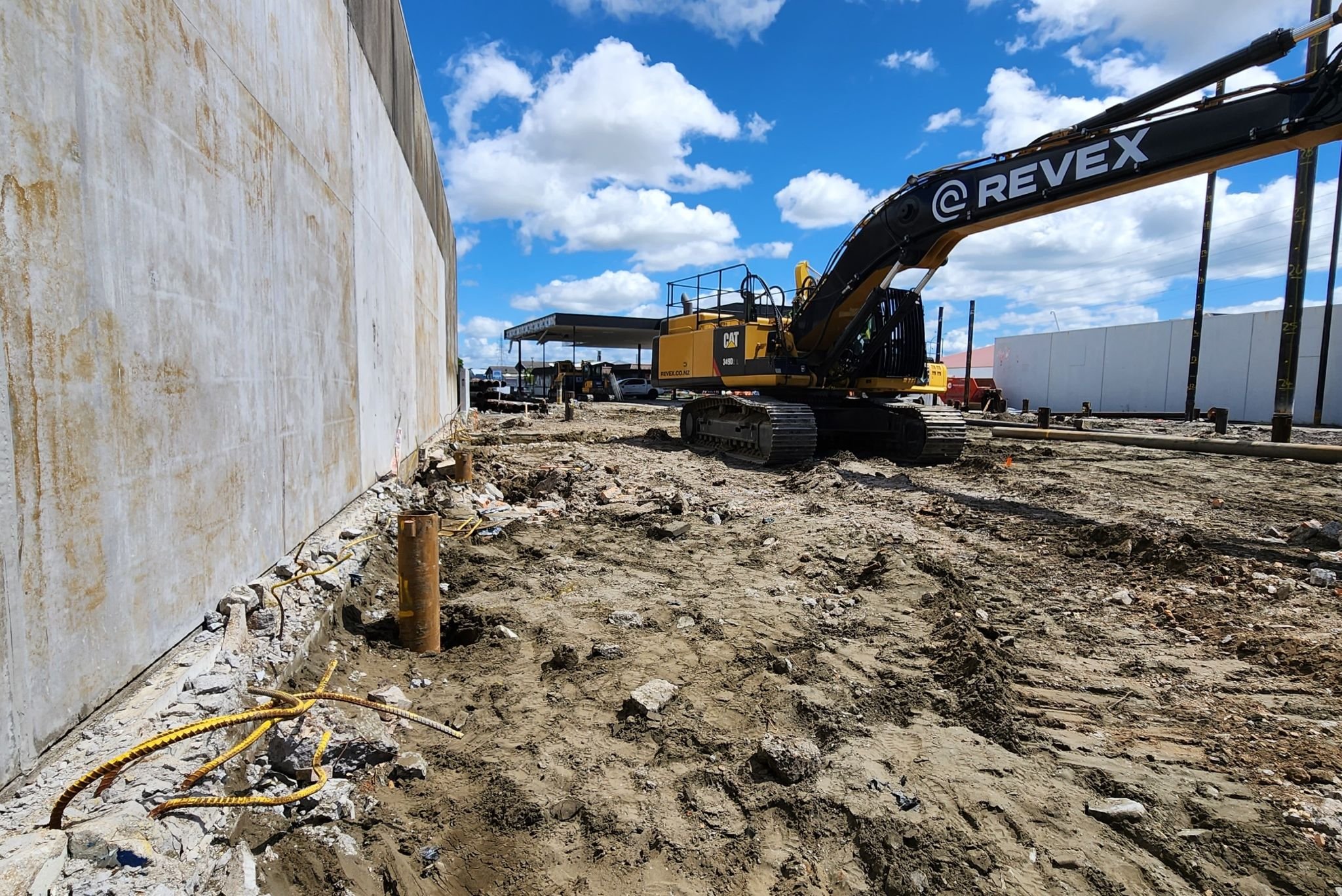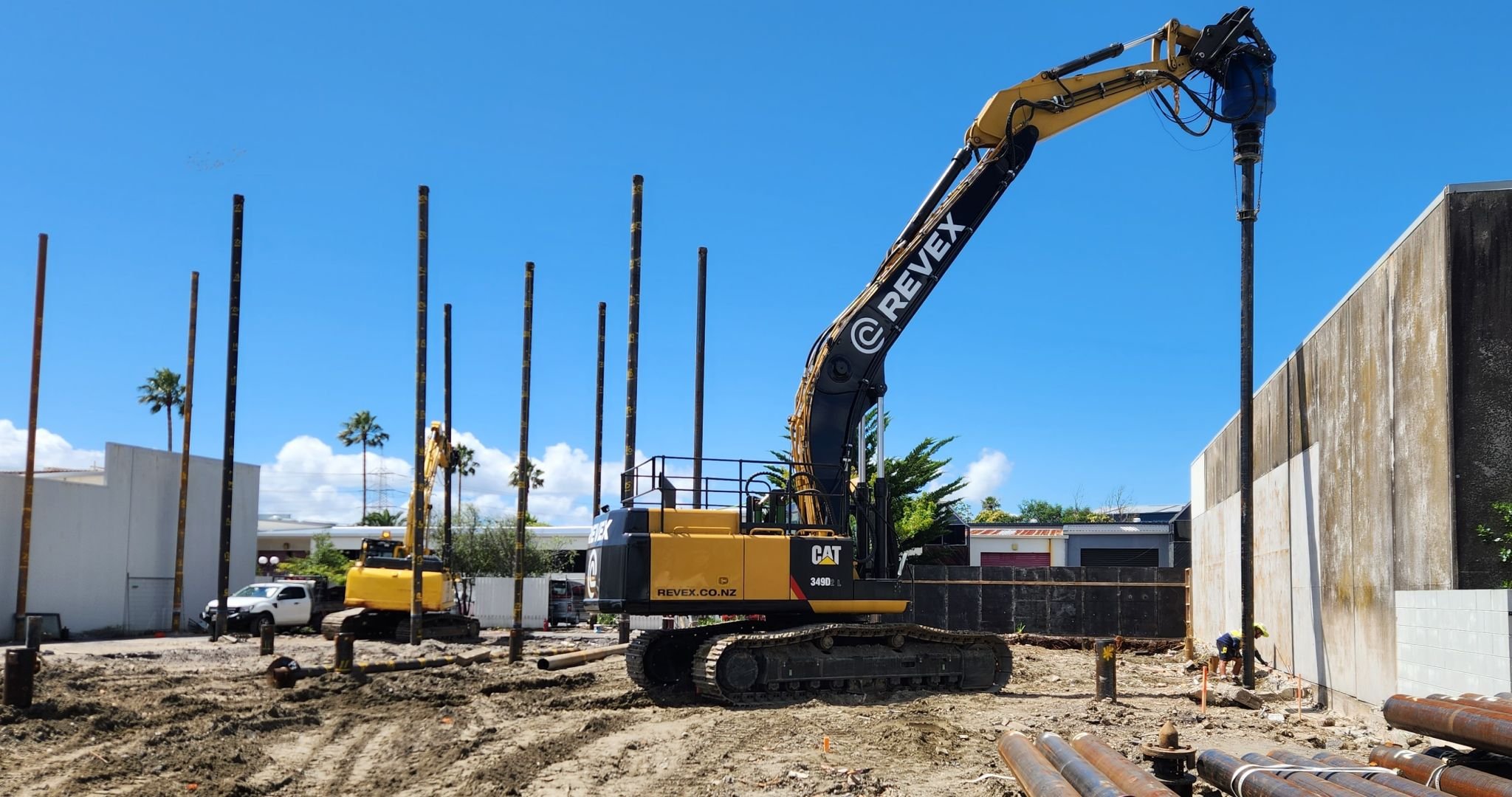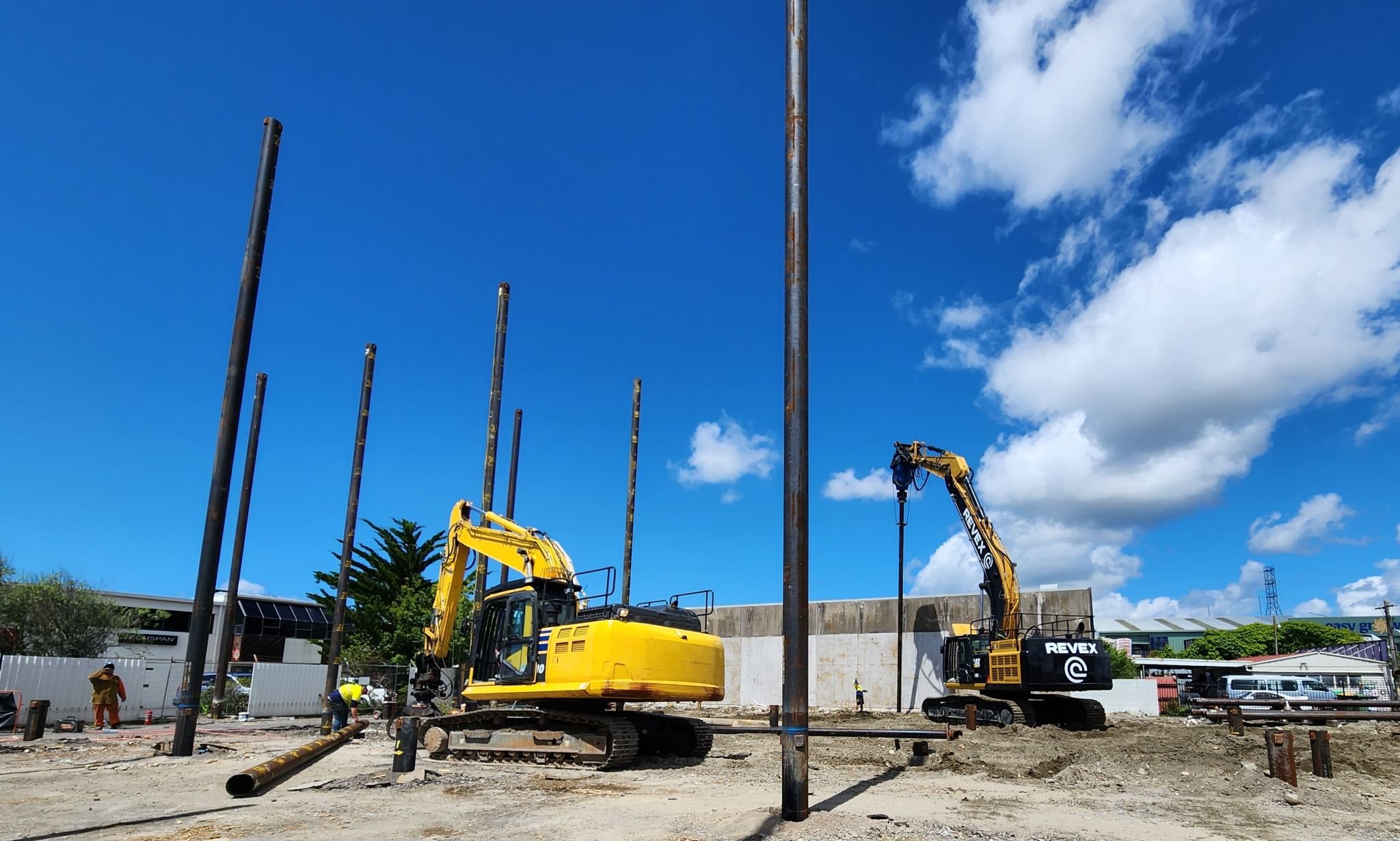#SCREWPILES & OBSTRUCTIONS



WRONG: A #screwpile can't penetrate boulders and other obstructions, so they should be ruled out for these foundations.
While the statement that a screw pile can't penetrate obstructions is largely true, there are ways that a screw pile might still be the most advantageous methodology to choose, and shouldn't be ruled out.
WHY?
1) A screw pile can be screwed in and screwed out! Therefore when the obstruction is hit, the pile is unscrewed, and the site team move on to the next position and keep installing piles. The Main Contractor can then use a small excavator (readily available) and dig out the obstruction, and back fill with flowable fill or compacted hardfill. NO LONGER ANY ISSUE. Pile re-installed on position.
2) The operator may hit the obstruction - but feel it kicking off in one direction. The operator can unscrew the pile, and reposition it 500mm (say) in that direction, thereby missing the obstruction. Note that in this case - the inhouse screw pile designer, in conjunction with the #structuralengineer, can re-design the pile but accounting for the eccentric load path.
3) If the load path is "too eccentric" then an additional pile can be installed on the other side - thereby "bridging" the obstruction, but allowing the buildings load to pass down to the rock.
It should be noted that driven piles and bored piles will still have problems getting past the obstruction - taking more time and resources - and therefore variations.
Critically, for any client and their advising QS and Project Manager, is that obstructions will inherently increases the risk and will take longer and cost more money. And screw piles could still be the better solution.
Building smarter.
Revex Piling
#geotechnicalengineering #piling #helicalpiles #helicalpiers
